
Tap & Color - Coloring book for adults & kids
Lifestyle and Entertainment
App
With Tap & Color you can easily create amazing artworks with our custom palettes! Tap & Color is a...
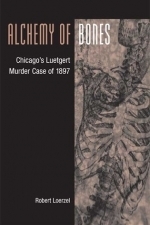
Alchemy of Bones: Chicago's Luetgert Murder Case
Book
On May 1, 1897, Louise Luetgert disappeared. Although no body was found, Chicago police arrested her...

Felony Blues by Jaime Wyatt
Album Watch
The title of Jaime Wyatt's newest release Felony Blues is a nod to records like David Allan Coe's...
country

TunesFlow - Music Player with Equalizer
Music and Lifestyle
App
Thanks for more than 100,000 downloads! Now for Apple Watch® and is evolving. Now with handoff...
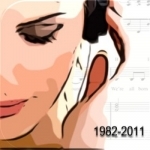
Top 100 - Music
Music and Entertainment
App
Top 100-Music is the best music charts app! Download FREE songs and music videos using the...
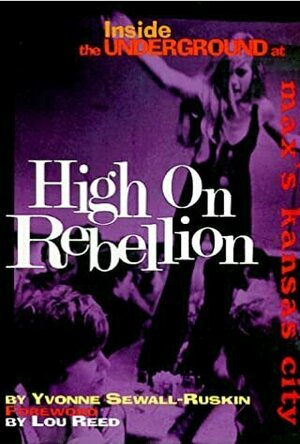
High on Rebellion: Inside the Underground at Max's Kansas City
Book
Max's Kansas City, an all-in-one restaurant-bar-nightclub, opened its doors in December 1965 at 213...
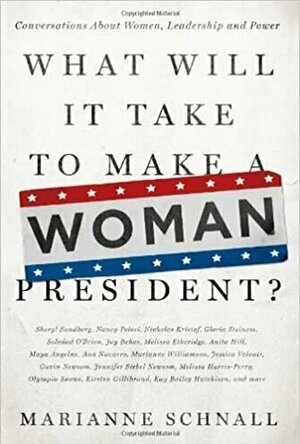
What Will it Take to Make a Woman President
Book
I would love for my younger fans to read What Will It Take to Make a Woman President? by Marianne...
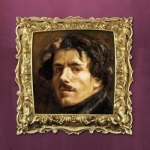
Eugène Delacroix image gallery and wallpapers
Education
App
Ferdinand Victor Eugène Delacroix; 26 April 1798 – 13 August 1863) was a French Romantic artist...
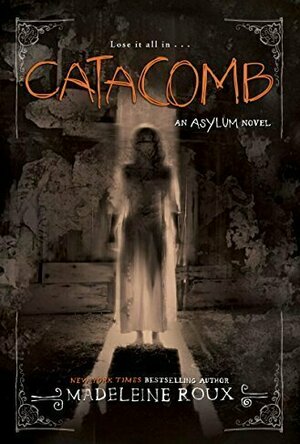
Catacomb (Asylum, #3)
Book
The heart-stopping third book in the New York Times bestselling Asylum series follows three teens as...
